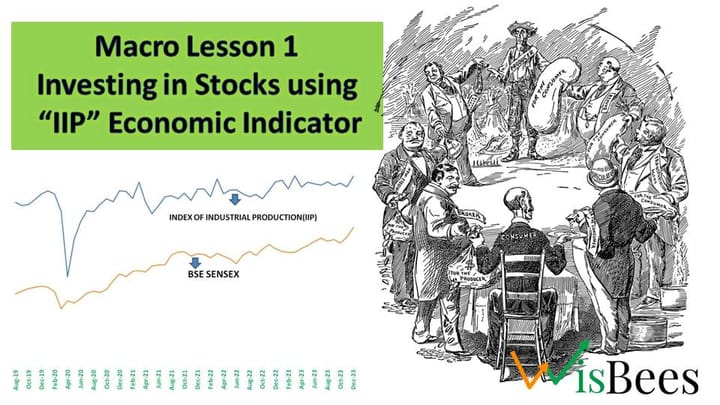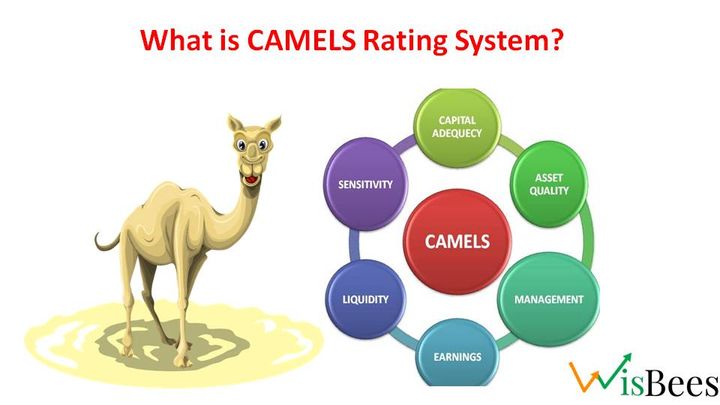Single Index Model

The Single Index Model (SIM) is a financial model that is used to estimate the expected return of a stock or portfolio. It is based on the idea that the performance of a stock is influenced by the overall market performance, as measured by a market index such as the Nifty 50.
The SIM assumes that the relationship between the return of a stock and the return of the market can be expressed as a linear function, where the slope of the line represents the stock's beta, or sensitivity to market movements.
Mathematical expression
The SIM can be expressed mathematically as follows:
Ri = αi + βi Rm + ei
Where:
Ri is the return of asset i.
αi is the asset i’s constant term, which represents the asset’s return when the market return is zero.
βi is the asset i’s beta, which represents the asset’s sensitivity to market returns.
Rm is the return of the market portfolio.
ei is the residual error, which represents the part of the asset’s return that is not explained by the market return.
Relationship Between Expected Return and Beta of Portfolio:-
The relationship between expected return and beta can be expressed mathematically as follows:
E(Ri) = αi + βi E(Rm)
where:
E(Ri) is the expected return of asset i.
αi is the asset i's constant term, which represents the asset's return when the market return is zero.
βi is the asset i's beta, which represents the asset's sensitivity to market returns.
E(Rm) is the expected return of the market portfolio.
This formula states that the expected return of an asset or portfolio is equal to its constant term plus its beta multiplied by the expected return of the market portfolio. This relationship suggests that assets or portfolios with higher betas should have higher expected returns, assuming all other factors are equal.
In general, the higher the beta of an asset or portfolio, the higher its expected return, as it is expected to generate higher returns in periods of market growth.
Risk in the Single Index Model:-
Total Risk = Systematic Risk + Firm-specific Risk
where:
σi is the standard deviation of the returns of asset i
βi is the beta of asset i, which measures its sensitivity to changes in the market index
σm is the standard deviation of the returns of the market index
σ (ei) is the standard deviation of the residuals, or the unsystematic risk of asset i
Key Takeaways
- The SIM is a financial model used to estimate the expected return of a stock or portfolio based on the performance of the overall market, as measured by a market index.
- The SIM assumes that the relationship between a stock's return and the market's return can be expressed as a linear function, where the slope of the line represents the stock's beta or sensitivity to market movements.
- The expected return of an asset or portfolio is equal to its constant term plus its beta multiplied by the expected return of the market portfolio. This relationship suggests that assets or portfolios with higher betas should have higher expected returns, assuming all other factors are equal.
- The standard deviation of an asset or portfolio in the SIM is a function of its beta, the standard deviation of the market index, and the standard deviation of the residuals or unsystematic risk.
- The total risk of an asset or portfolio in the SIM is composed of systematic risk or market risk, which is related to the market index, and firm-specific risk or unsystematic risk, which is not related to the market index.
- The SIM can be used by investors to estimate the risk and return of individual assets or portfolios, compare them to each other, and construct portfolios with specific levels of risk and return.



